Are you ready to unlock the secrets of Reiki symbols and take your practice to the next level? Look no further! Our quick guide to the five essential Reiki symbols and their meanings has got you covered.
From the power-boosting Cho Ku Rei to the negative-energy-blocking Raku, each symbol has its unique purpose and significance. But don’t worry if you’re feeling overwhelmed; we’ve simplified everything into an easy-to-understand guide.
Whether you’re a seasoned practitioner or just starting, this article is a must-read. Get ready to expand your knowledge and deepen your Reiki practice!
The five primary Reiki symbols include:
- Cho Ku Rei is used to increase the power of the Reiki energy being sent out.
- Hon Sha Ze Sho Nen is used for distant healing sessions.
- Dai Ko Myo is the master symbol that helps to open up spiritual awareness and connection with higher realms of consciousness.
- Raku is used for grounding and protection from negative energies.
- Sei He Ki helps to clear negative emotions from the body and min
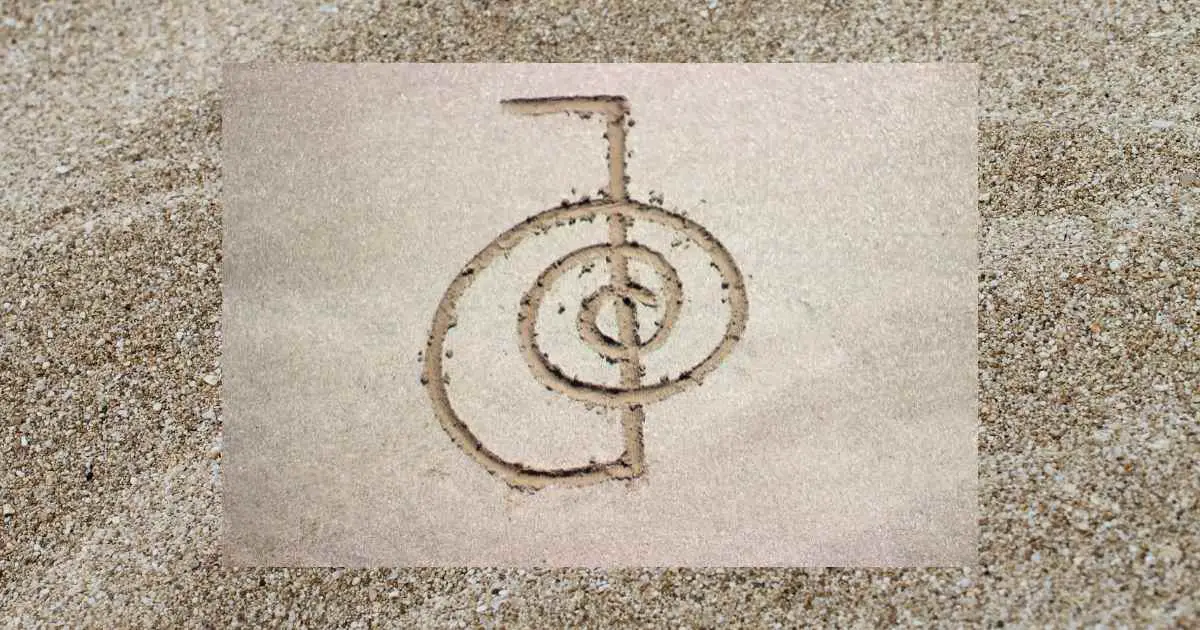
What are Reiki symbols?
Reiki symbols are sacred elements in the practice of Usui Reiki, a holistic energy healing system. These symbols hold unique meanings and purposes, helping practitioners channel and direct healing energy more effectively during sessions. Some of the most powerful Reiki symbols include Sei He Ki, which is used for emotional healing and balancing, and Cho Ku Rei, which helps amplify the Reiki power.
Each symbol holds a specific meaning and is used by Reiki practitioners to achieve various outcomes, such as enlightenment, grounding, or empowering affirmations. The use of these symbols can bring practitioners closer to a higher state of spiritual awareness and self-understanding.
Reiki symbols work by helping practitioners focus their intention and healing energy on specific areas or issues. For instance, the sacred Sei He Ki symbol assists in healing the upper chakras and addressing emotional imbalances. These symbols are believed to have a profound impact on the practitioner’s ability to channel healing energy and promote overall well-being for themselves and their clients.
The Power Symbol (Cho Ku Rei)
The Power Symbol, or Cho Ku Rei, is the first among the five traditional Usui Reiki symbols. Renowned for its amplifying properties, this symbol is employed to augment the potency of Reiki energy during a session.
Incorporating the Power Symbol in Reiki practice can invigorate your energy and that of others. It is also effective in dispelling obstructions and negative energy from individuals or situations. Reiki practitioners frequently utilize this symbol to intensify their energy during healing sessions. Additionally, it can serve as a protective shield against negative influences.
The Power Symbol is versatile and can be combined with other Reiki symbols to achieve various outcomes. One of its most cherished uses is for protection. When feeling drained or unsteady, drawing this symbol over the lower abdomen can induce a soothing, calming effect.
This technique serves as a rapid method to center and ground oneself when off-balance. The Power Symbol, alongside other symbols such as Sei He Ki, plays a crucial role in the overall energy flow of a Reiki session. These symbols are integral to the attunement process for both Usui and Karuna Reiki systems.
During the Reiki attunement process, practitioners learn to use the Power Symbol and other important Reiki symbols, such as the Usui Master Symbol, to facilitate physical healing and enhance the overall effectiveness of their practice. With three Reiki symbols or more, distance healing becomes possible, allowing practitioners to send healing energy to remote individuals or situations.
In conclusion, the Power Symbol is a valuable component of Reiki practice, as it helps focus the energy, provides protection, and boosts the healing process. As one of the main Usui Reiki symbols, Cho Ku Rei is instrumental in grounding and centering practitioners, enabling them to deliver optimal healing experiences.
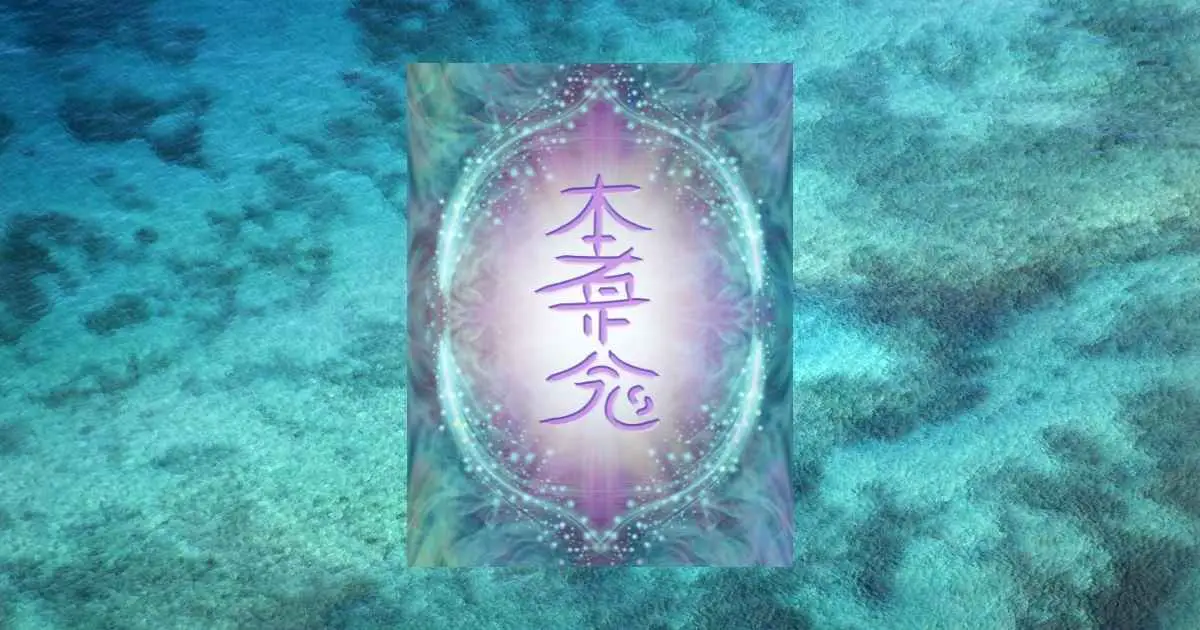
The Distance Symbol (Hon sha ze sho nen)
The Distance Symbol, Hon Sha Ze Sho Nen, is a prominent element of Usui Reiki practice that enables practitioners to transmit Reiki energy over vast distances. This powerful symbol is particularly useful in healing strained or damaged relationships and resolving conflicts.
Furthermore, the Distance Symbol can be employed to deliver Reiki energy to situations or environments in need of healing. It is essential to note that this symbol should not be used as a substitute for other Reiki symbols or practices when seeking to enhance your personal Reiki experience.
This versatile symbol is also effective in cleansing and refreshing objects, such as crystals. By visualizing the Distance Symbol above the items, their energy can be revitalized. This technique is particularly valuable for sending Reiki energy to remote people, animals, or objects that are physically inaccessible.
Whether it’s a distance of one foot or 1,000 miles, the Distance Symbol can bridge the gap to promote healing. For instance, if you have a loved one residing in another city or country, this symbol allows you to send Reiki energy to them, regardless of the distance. Its ability to facilitate healing at any range makes it a cherished component of Reiki practice.
In conclusion, the Distance Symbol, as one of the traditional Usui Reiki symbols, plays a pivotal role in Reiki healing. Its capabilities extend beyond physical proximity, enabling practitioners to deliver powerful, focused energy to those in need, even at great distances. As an integral part of Reiki practice, Hon Sha Ze Sho Nen serves to enhance the healing process and maintain the flow of energy for optimal results.
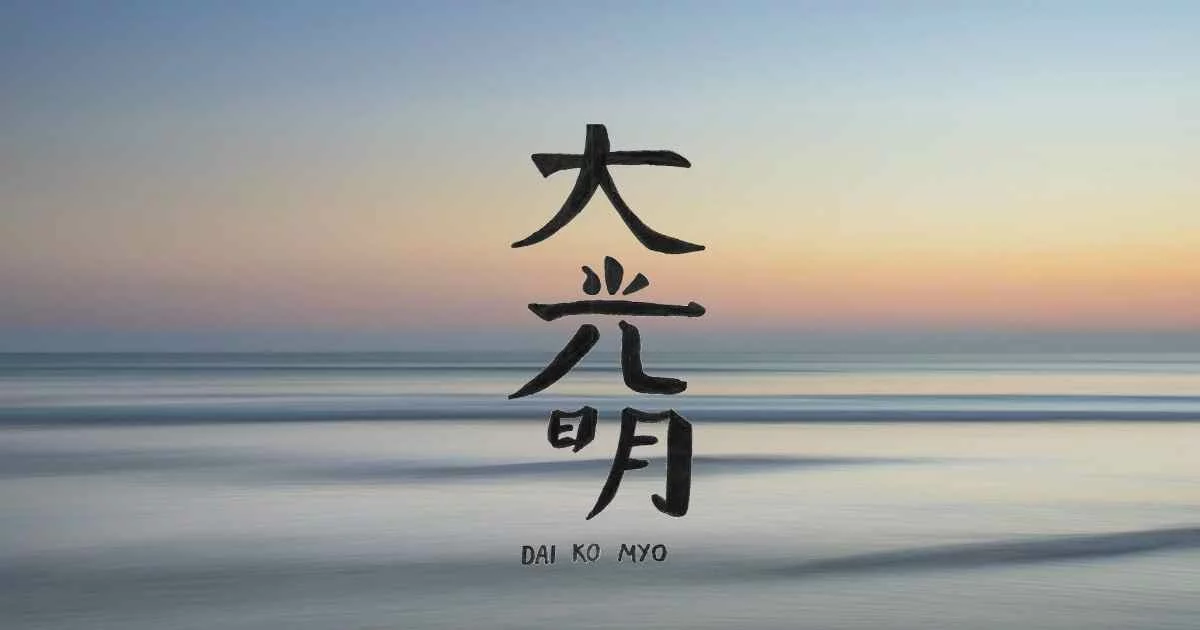
The Master Symbol (Dai ko myo)
The Master Symbol, Dai Ko Myo, is a potent Usui Reiki symbol with diverse applications. It is frequently used for addressing fears, releasing negative or disharmonious energies, and eliminating obstacles that hinder the achievement of goals.
This powerful energy healing symbol should be used with care and only when necessary. It is not recommended for cases where one’s energy levels are already balanced and harmonious or when negative energies are intentionally desired, as it possesses the power to expel them from a person or situation.
Dai Ko Myo is not meant for boosting or drawing energy but is most effective when seeking assistance with fears, blocks, or negative energies. As one of the most crucial Usui symbols, it is employed by Reiki practitioners to activate Reiki energy, facilitate healing at a spiritual level, and enhance their spiritual practice.
The Master Symbol, alongside other important Reiki symbols like Sei He Ki, serves various functions in Reiki practice, including mental and emotional healing, distance healing, and chakra balancing. It is a vital component of the Usui Reiki system and is passed down through Reiki attunements at the master level.
In summary, the Master Symbol, Dai Ko Myo, holds a unique position among Usui Reiki symbols due to its versatility and potency. By integrating this symbol into their practice, Reiki practitioners can effectively address fears, negative energies, and various obstacles, promoting a harmonious and balanced energy flow within themselves and others.
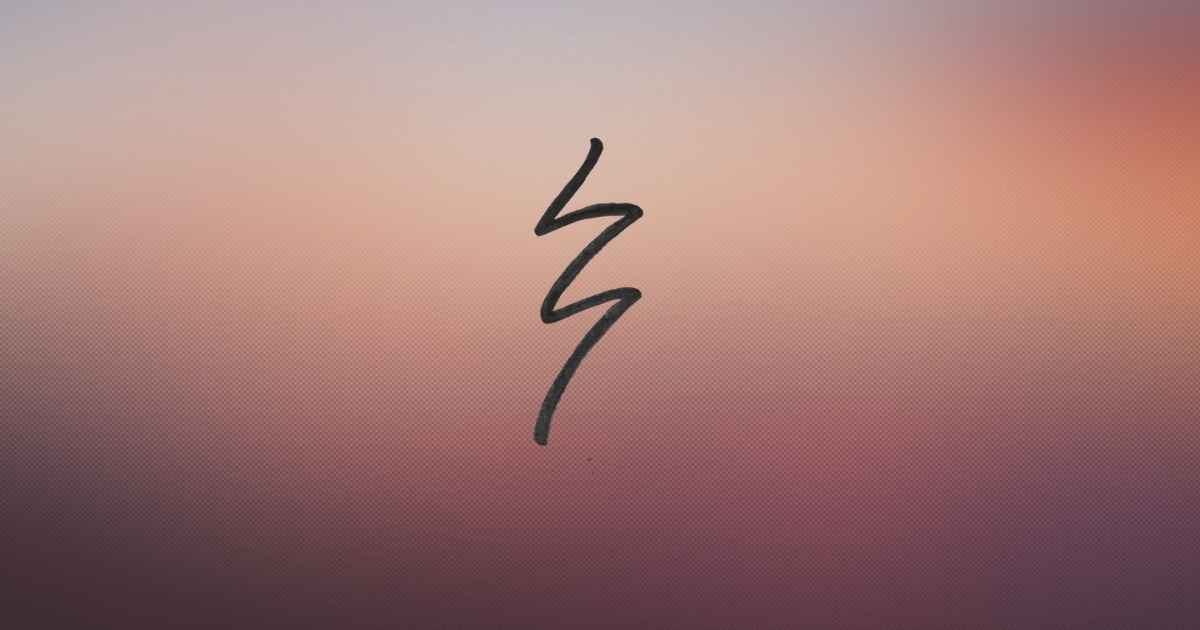
The Completion Symbol (raku)
Raku, the Completion Symbol, holds the fourth position among the five traditional Usui Reiki symbols. It is employed to signify the end of a healing session or to conclude any Reiki treatment. The Completion Symbol is known to instill a sense of peace and calm, fostering relaxation, freedom from pain, and freedom from disease. Furthermore, it creates an atmosphere of tranquility and security.
Many individuals undergoing Reiki treatment utilize this symbol as a token of gratitude. It is also applicable in situations where the expression of gratitude and appreciation is warranted. One of the most notable attributes of Raku is its capacity to remove blockages, assisting in the elimination of obstacles that may impede personal progress.
However, it is essential not to rely on this symbol for protection from life-threatening illnesses. Reiki serves as a complement to healing, rather than a replacement for it.
Incorporating Raku into Reiki practice offers numerous benefits, including its compatibility with other Reiki symbols, such as Sei He Ki, Karuna Reiki symbols, and Shamballa Reiki. As an important component of the Usui Reiki system, the Completion Symbol contributes to the system’s efficacy and versatility, allowing practitioners to address a wide range of issues and cultivate a balanced energy flow.
In summary, the Completion Symbol, Raku, offers an essential tool for bringing Reiki sessions to a close and promoting a sense of well-being and harmony. By including this powerful symbol in their practice, Reiki practitioners can help clients release blockages and achieve tranquility, ultimately enhancing the overall healing experience.
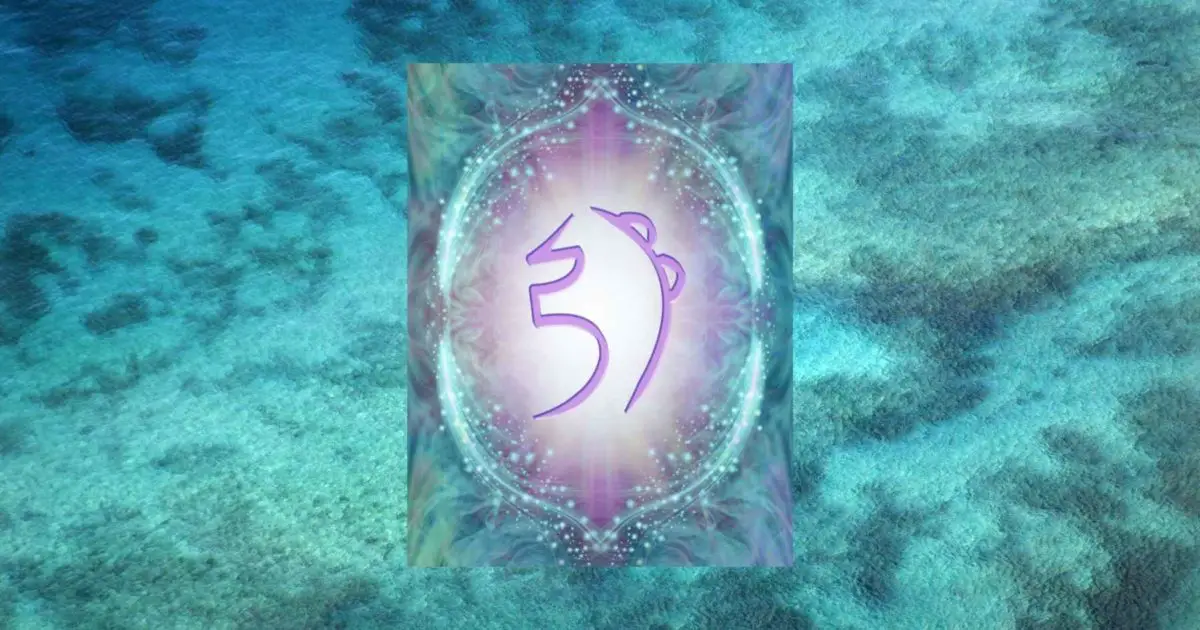
The Harmony Symbol(sei hei ki)
Sei He Ki, the Harmony Symbol, is a profound and potent symbol in Reiki practice. It consists of three characters: Sei, representing the power of the universe; Hei, symbolizing the power of love and harmony; and Ki, denoting the power of life force energy.
These three characters convey the interconnectedness of all living beings and the divine energy that binds them. The primary purpose of Sei He Ki is to restore balance to an individual’s energy system by offering protection from negative energies while facilitating the free flow of positive energies.
Utilized for focusing intent, amplifying intentions, and even healing physical ailments, the Harmony Symbol serves as a valuable tool for spiritual growth and well-being.
To incorporate Sei He Ki in Reiki practice, start by visualizing the symbol in your mind or drawing it on paper. Next, concentrate on the symbol’s energy and imagine it coursing through your body, purifying and balancing any negative energies. Take several deep breaths and repeat this visualization until you achieve a sense of balance and harmony within yourself. This symbol can be employed as needed throughout Reiki practice to encourage healing and well-being.
Sei He Ki, as one of the three primary Usui Reiki symbols, plays a vital role in traditional Reiki practice. Alongside other symbols such as Cho Ku Rei and Hon Sha Ze Sho Nen, Sei He Ki contributes to the efficacy of Reiki treatment, enabling practitioners to address various issues and support their client’s spiritual and emotional growth.
In summary, the Harmony Symbol, Sei He Ki, is a powerful Reiki tool for fostering balance, protection, and well-being. By incorporating this meaningful symbol into their practice, Reiki practitioners can help clients achieve a greater sense of harmony, ultimately enhancing their overall healing experience.
How to Use the Reiki Symbols
Reiki is a healing modality that harnesses energy to support physical and emotional well-being. In order to effectively use the Reiki symbols, practitioners must first learn them through a Reiki training course. This course will teach the drawing of the symbols, as well as their meanings and applications.
Once trained, practitioners can begin incorporating the symbols into their Reiki practice or sessions. To do this, they should visualize each symbol and mentally draw it in their mind’s eye, while simultaneously speaking the name of the symbol out loud. This process helps establish an energetic connection between the practitioner and the client.
These Usui Reiki symbols, such as Cho Ku Rei, Sei He Ki, and Hon Sha Ze Sho Nen, can be employed for mental and emotional healing. By visualizing the symbols with intention and repeating affirmations related to each symbol’s meaning, practitioners can channel powerful healing energies into themselves or their clients for improved well-being.
With consistent practice, Reiki symbols can significantly enhance the healing process, assisting practitioners in addressing various issues and supporting their clients’ spiritual and emotional growth. It is essential to remember that these symbols are sacred and should be treated with respect and reverence.
In conclusion, using Reiki symbols, including traditional Usui Reiki symbols and others like Karuna Reiki and Shamballa Reiki symbols, is an integral part of Reiki practice. By learning to draw, visualize, and understand the meanings of these symbols, practitioners can effectively channel healing energies to support their clients’ well-being. Ultimately, the proper use of these powerful symbols can help Reiki practitioners bring about positive change and transformation in the lives of those they serve.
How to use multiple Reiki symbols at once.
Incorporating multiple Reiki symbols at once can significantly amplify the healing energy of Reiki. To effectively use multiple symbols, practitioners must first be attuned to them by a Reiki master. This attunement creates an energetic connection to the symbols, empowering practitioners to invoke their power during Reiki sessions.
To use multiple Reiki symbols simultaneously, such as Cho Ku Rei, Sei He Ki, and Hon Sha Ze Sho Nen, visualize each symbol and allow its energy to flow through your body. You can also combine multiple symbols into a single, larger symbol or draw them in sequence, directing the energy toward the person or area requiring healing.
Using multiple Usui Reiki symbols or other systems like Karuna Reiki and Shamballa Reiki symbols together can enhance the effectiveness of your sessions and facilitate more profound healing effects. By practicing the integration of different symbols, practitioners can tailor their approach to address specific needs and issues, leading to more personalized and powerful healing sessions.
Remember that Reiki symbols are sacred and should be treated with respect and reverence. Using these symbols effectively requires understanding their meanings and drawing them correctly. With experience, practitioners can learn to seamlessly blend multiple symbols and harness their unique energies to bring about transformative healing.
In conclusion, incorporating multiple Reiki symbols into your practice can significantly elevate your healing abilities, creating customized sessions that cater to the unique needs of each client. By attuning to these symbols and learning to integrate them into their Reiki sessions, practitioners can provide more effective and personalized healing experiences for their clients.
Where did the reiki symbols come from?
The Reiki symbols have a fascinating history that can be traced back to the early 1900s. Mikao Usui, a Japanese spiritual master, is credited with discovering these symbols during a profound meditative experience.
In his vision, Usui saw the characters and their associated meanings and later recorded them in ancient Sanskrit. It is believed that he learned their application during his studies in Tibet. Usui harnessed these symbols to heal himself and others, as well as for spiritual growth. The primary purpose of these symbols is to focus intention and channel healing energy.
Among the traditional Usui Reiki symbols are Cho Ku Rei, Sei He Ki, and Hon Sha Ze Sho Nen. Each symbol holds a unique meaning, but all share a common theme – tapping into the healing energy within ourselves.
Reiki symbols continue to play a vital role in modern Reiki practice, with practitioners employing them to promote balance, well-being, and overall health. The symbols serve as tools to access and direct healing energy, supporting the reiki practitioner in their healing work.
In summary, the Reiki symbols have a rich and intriguing history, dating back to Mikao Usui’s spiritual revelations. These sacred symbols, deeply rooted in ancient wisdom, continue to play an essential role in the practice of Reiki, empowering practitioners to channel healing energy and facilitate transformation in themselves and others.
How Do the Symbols Help in Reiki Practice?
Reiki symbols are sacred elements used in the practice of Reiki to enhance the flow of healing energy. These symbols hold unique meanings and purposes, helping practitioners channel and direct healing energy more effectively during sessions.
Reiki symbols can also help practitioners gain self-awareness, bring them closer to a higher state of spiritual awareness, and promote overall well-being. Some symbols, like the grounding symbol, are used at the end of a Reiki session to help practitioners and clients feel grounded and balanced.
The symbols’ shapes, such as a coil, lightning bolt, or wing of a bird, can have specific meanings and help practitioners focus their intentions. Reiki practitioners believe in the power of these sacred symbols to assist in healing and transformation throughout the body.
In summary, Reiki symbols are powerful tools that practitioners use to enhance their ability to channel healing energy and address various physical, emotional, and spiritual issues.
Why do some Reiki practitioners not use Reiki symbols?
Some Reiki practitioners choose not to use Reiki symbols for various reasons. Some practitioners believe that the symbols should be kept private and only shared with those who have been initiated into Reiki1. Others believe that using symbols can weaken the flow of energy and that they are not necessary for experienced Reiki masters
3. However, some practitioners believe that the symbols can be helpful and do use them in their practice4. Ultimately, the decision to use Reiki symbols is up to the individual practitioner.
Conclusion
In conclusion, the five symbols of Reiki are a powerful tool for practitioners to use in their practice.
The Cho Ku Rei symbol is used to increase the power of Reiki energy, the Sei He Ki symbol is used for emotional and mental healing, the Hon Sha Ze Sho Nen symbol is used for distant healing, the Dai Ko Myo symbol is used to connect with spiritual guidance.
The Raku symbol is used to ground and protect.
We hope this guide has been helpful in understanding these symbols and their meanings. We encourage readers to use this guide as a reference when practicing Reiki so that they can gain a deeper understanding of its power.



